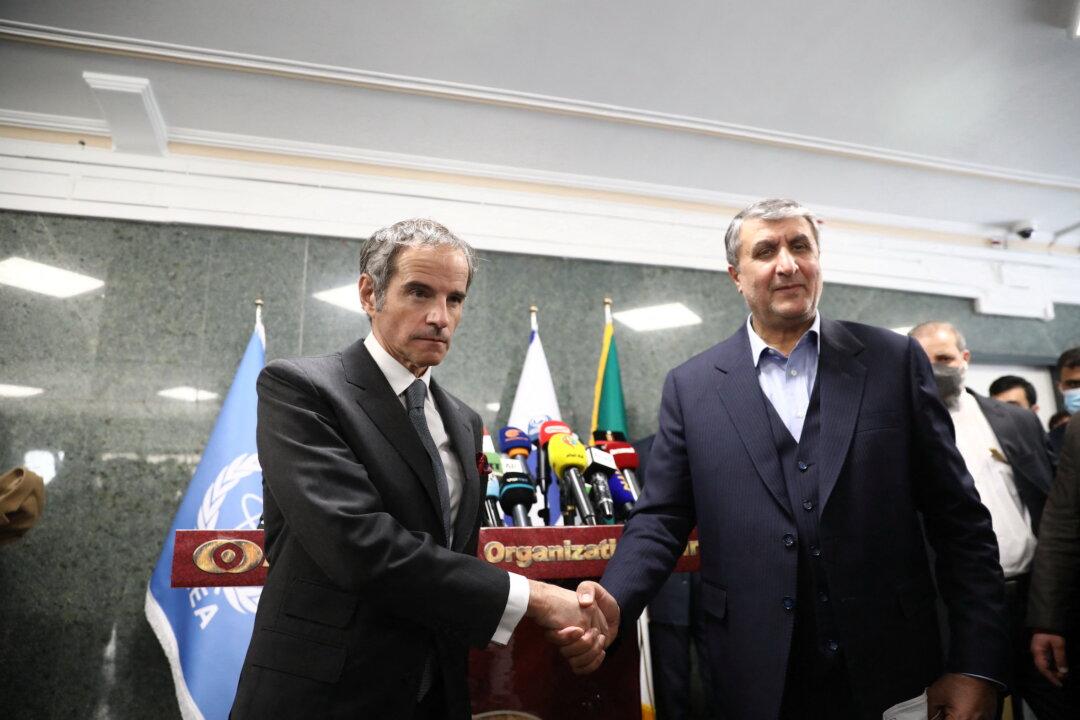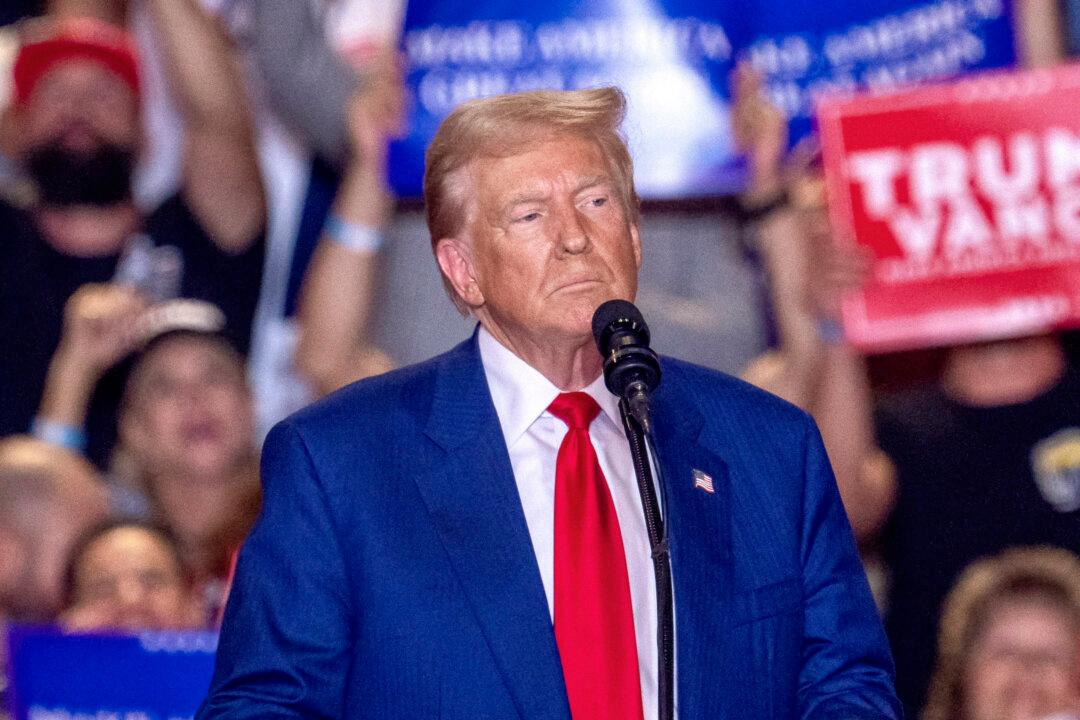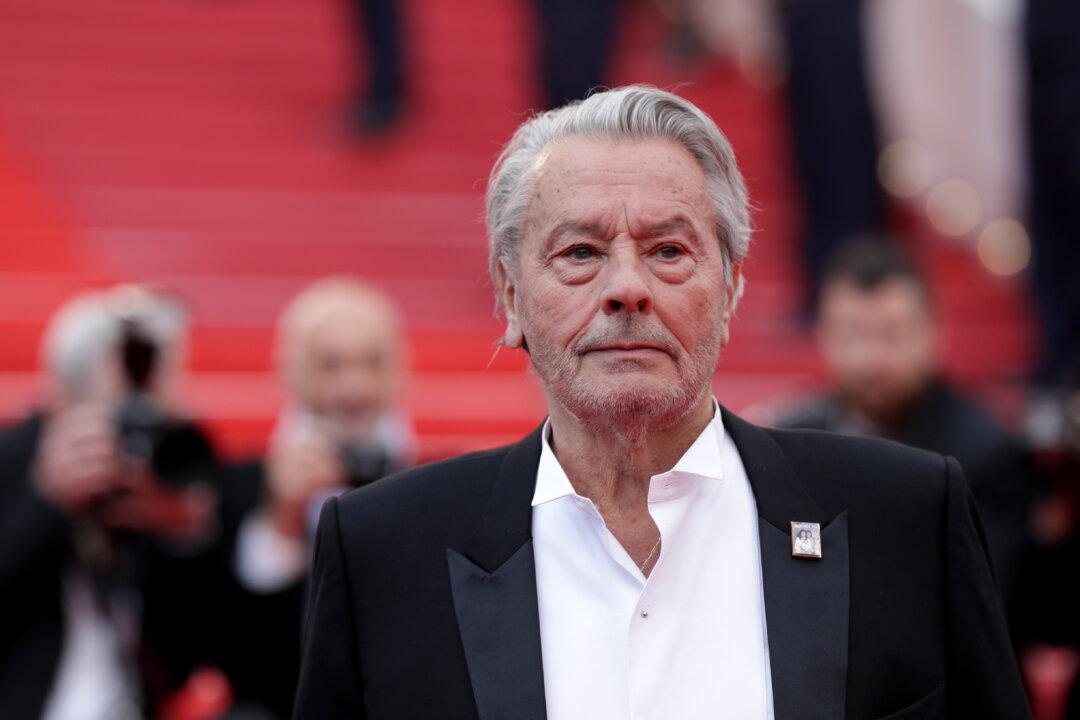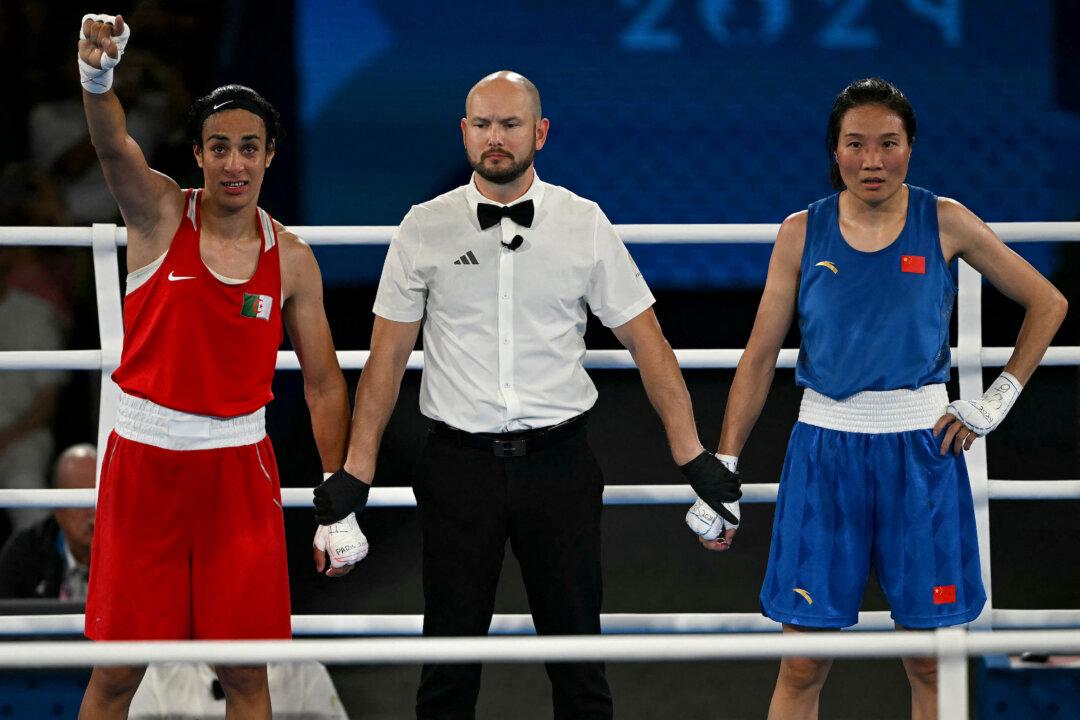Iran and the U.N. nuclear watchdog on Saturday agreed to a three-month process that the watchdog hopes will resolve the long-stalled issue of Iran obfuscating its independent safeguard probes, after uranium particles were found several years ago at apparently old but undeclared sites in the country.
The issue is seen as one of the obstacles to any potential revival of the Iran nuclear deal, which limits Iran’s uranium enrichment because the byproducts can be used to make the core of a nuclear bomb.




